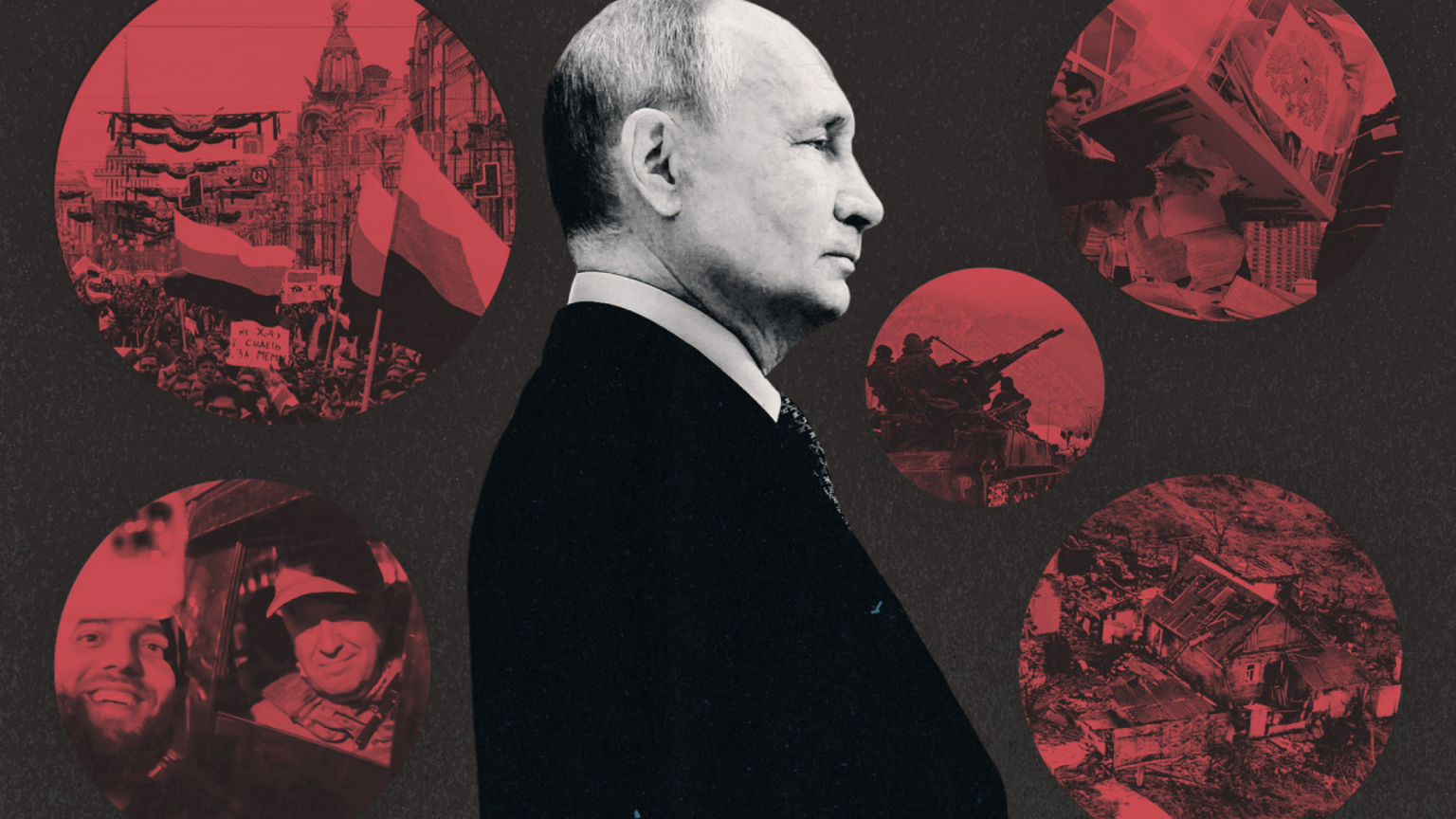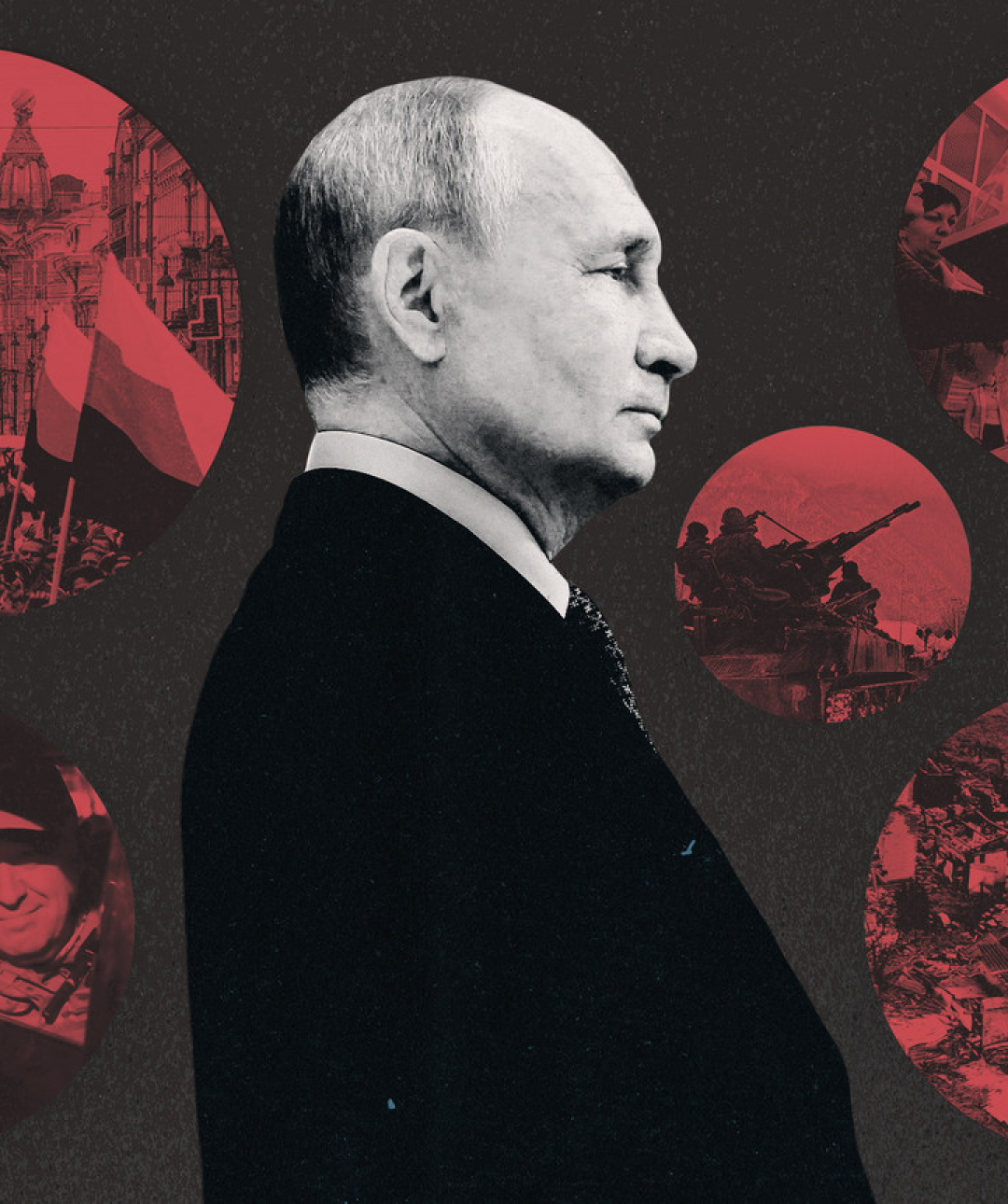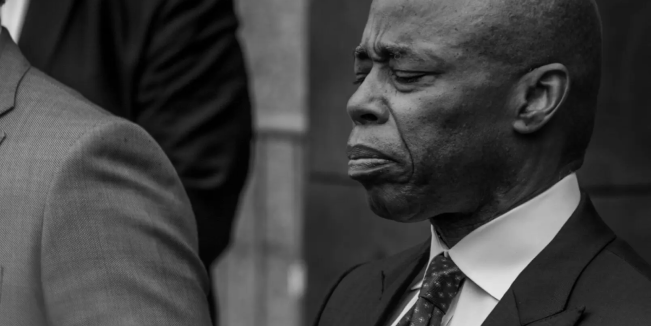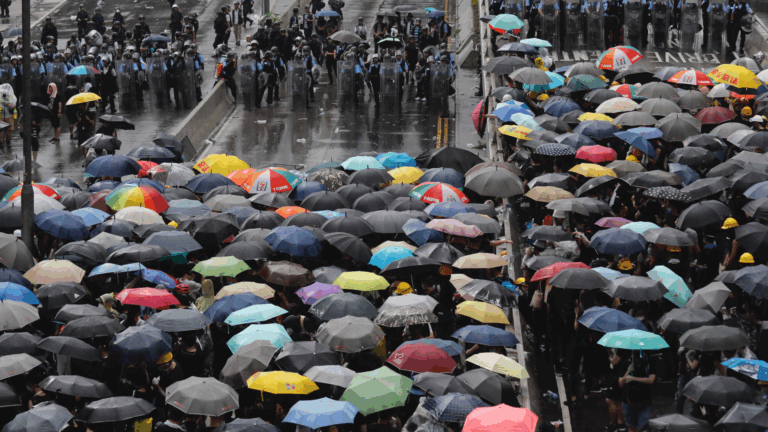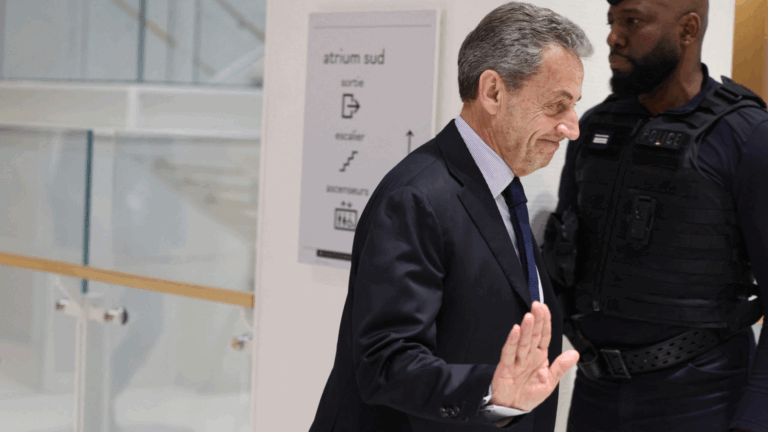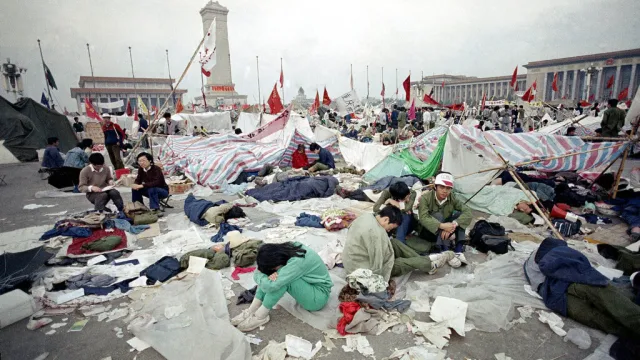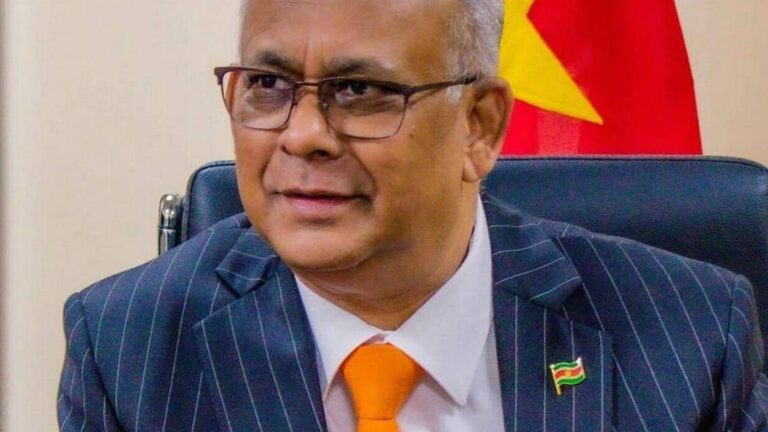This weekend, Vladimir Putin will win another election as Russia’s president. The election will, of course, be rigged in Putin’s favor, just as all of his past elections have been, but Putin is all but assured to claim another six-year term, taking him to at least 2030.
Yet for all that inevitability, Putin’s next term as president has been the focus of surprisingly little discussion, including what it is likely to mean both inside and outside Russia. And that’s all the more surprising given that Putin’s regime is arguably more destabilized now than it’s ever been, with little end in sight for Russia’s growing economic troubles or the spiraling deaths on the battlefields of Ukraine. Since last summer alone, Russia has seen a sudden mutiny, led by a renegade militia that nearly marched on Moscow; rampaging anti-Semitic riots, with security services nowhere to be found; and protests erupt in normally placid places like Bashkortostan.
No one can say what these events portend. But it’s clear that the war in Ukraine has helped make Russia’s domestic situation more unstable than it’s been in decades, and all kinds of potential future scenarios are no longer unthinkable.
So it’s a good time to think about them. In at least considering the paths below — and the likelihood of their arrival in the not-too-distant future — the West can begin preparing accordingly, especially in terms of strategy and policy. We know much about Russia’s past and plenty about Russia’s present. But what about Russia’s future?
Below are five scenarios that Russia might (or might not) experience by the end of Putin’s next term in 2030.


